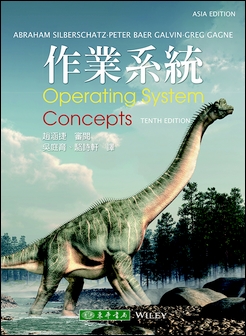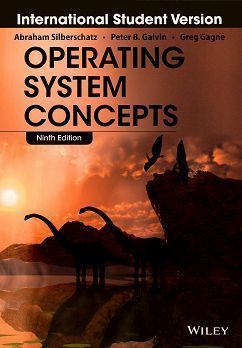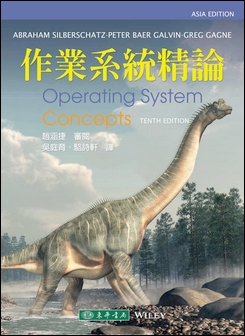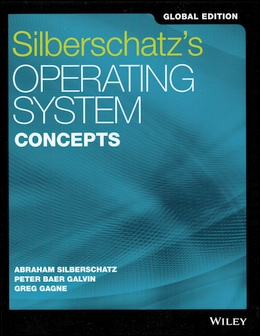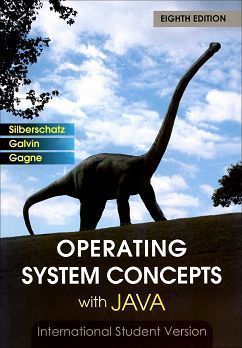書籍分類
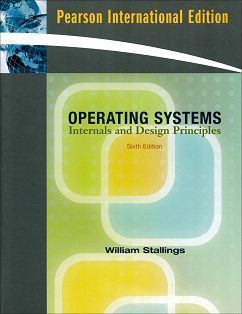
Operating Systems: Internals and Design Principles 6/e
作者:William Stallings
原價:NT$ 1,150
ISBN:9780136033370
版次:6
年份:2008
出版商:Pearson Education
頁數/規格:822頁/平裝雙色
版次:6
年份:2008
出版商:Pearson Education
頁數/規格:822頁/平裝雙色
內容介紹 目錄 作者介紹
- New to this Edition
- Simulation projects cover key areas of OS design and enable students to perform in-depth analysis of these areas.
- Greatly expanded programming projects are included. In addition to the projects defined for the previous edition the new edition includes support for a more extensive set of projects that cover key principles in the book.
- The material specific to Windows now focuses on Windows Vista rather than Windows XP. The other example OSs are Unix and Linux with the Sidebar that compares the tradeoffs of each.
- A new chapter on embedded Operating Systems has been added, highlighting eCos and TinyOS. Used in wireless devices and other small hardware devices, these increasingly important OSs have unique requirements and technical approaches.
- All of the material has been updated and revised for greater clarity.
- Networking and Distributed Process Management chapters have been moved online.Putting these secondary topics online reduces the cost and size of the book without loss of content or pedagogy on these topics.
- Expanded coverage of security is embedded throughout the book as well as in two new standalone chapters.
- Additional text and figures have been added to enhance clarity, with many existing figures redone. New homework problems have also been added.
- An additional set of homework problems with solutions is available to students to enhance their understanding of the material.
- Companion Website -- Access textbook-related resources and support materials for students and instructors maintained by the author.
- Student Resource Site -- Access a wealth of computer science-related information including mathematics reviews, how-to documents, research resources, and career explorations maintained by the author.
Web-based animations illustrate important and complex OS mechanisms, incorporated into the text via icons which indicate when an animation is available to accompany a topic. In the animation, students can change the parameters and see how the animation behaves in hypothetical situations.



